Market Share
Polyetherketoneketone Market Share Analysis
The Polyetherketoneketone (PEKK) market is characterized by dynamic competition, and market share positioning strategies play a crucial role in determining the success of companies in this space. One key strategy employed by market players is product differentiation. With PEKK being a versatile high-performance polymer, companies focus on developing unique formulations with enhanced properties to stand out in the market. By offering PEKK variants with specific characteristics such as improved heat resistance, chemical resistance, or mechanical strength, companies aim to cater to diverse industry needs and carve out their niche.
Strategic partnerships and collaborations are another significant aspect of market share positioning in the PEKK market. Companies often form alliances with research institutions, universities, or other industry players to pool resources and expertise. These partnerships not only accelerate the development of innovative PEKK applications but also strengthen market presence through shared knowledge and access to a broader customer base. Collaborative efforts can lead to the introduction of new products or the optimization of existing ones, providing a competitive edge in the market.
Market players also focus on geographical expansion as a key strategy to enhance their market share. The global demand for PEKK is influenced by various industries, including aerospace, automotive, electronics, and healthcare. Companies strategically establish a presence in key regions to capitalize on the specific needs and growth opportunities within those markets. By tailoring marketing and distribution strategies to local preferences and regulations, companies can gain a competitive advantage and expand their market share.
Innovation is at the forefront of market share positioning in the PEKK market. Continuous research and development efforts are directed towards creating novel applications for PEKK in industries beyond its traditional uses. For example, advancements in 3D printing technology have opened up new possibilities for PEKK in the manufacturing sector. Companies invest in R&D to stay ahead of the curve, introducing cutting-edge PEKK products that address emerging industry requirements and trends.
Cost leadership is another strategic approach employed by some market players. In a competitive market, optimizing manufacturing processes and supply chain management can result in cost advantages. Companies that can offer high-quality PEKK products at competitive prices are well-positioned to capture market share. This strategy requires a keen focus on operational efficiency, economies of scale, and continuous improvement initiatives to maintain a cost-effective production and distribution system.
Marketing and brand positioning also play a crucial role in the battle for market share in the PEKK market. Companies invest in building strong brand identities, emphasizing the unique features and benefits of their PEKK products. Effective marketing strategies not only create awareness but also influence customer perceptions, positioning a company as a reliable and preferred supplier of PEKK materials.
Regulatory compliance and sustainability initiatives are becoming increasingly important in market share positioning within the PEKK market. Adhering to strict industry standards and ensuring that PEKK products meet environmental regulations are vital aspects of building trust with customers. Companies that prioritize sustainability, incorporating recycled materials or eco-friendly manufacturing processes, can differentiate themselves in the market and attract environmentally-conscious clients.
In conclusion, the market share positioning strategies in the Polyetherketoneketone (PEKK) market are multifaceted and dynamic. Companies adopt a combination of product differentiation, strategic partnerships, geographical expansion, innovation, cost leadership, marketing, and sustainability initiatives to gain a competitive edge. As the demand for high-performance polymers continues to grow across various industries, the effectiveness of these strategies will shape the landscape of the PEKK market and determine the success of individual companies within it.


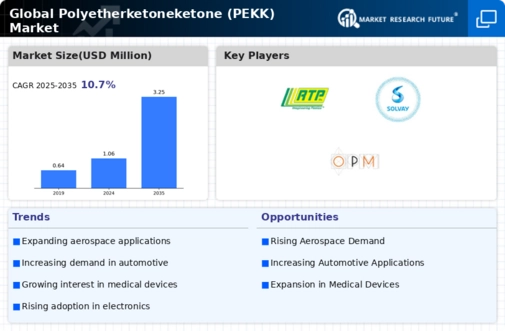
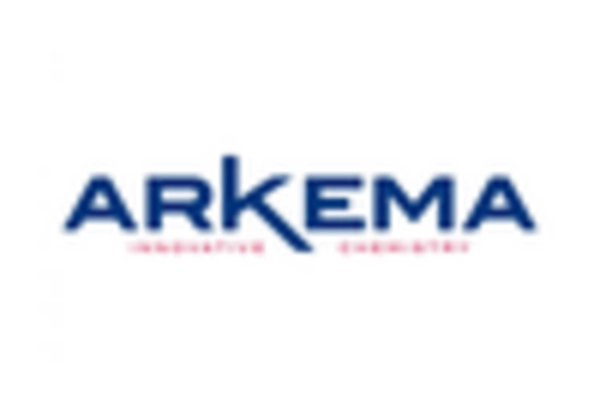

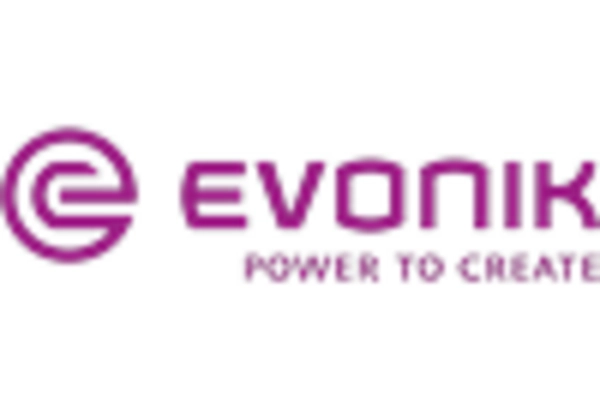

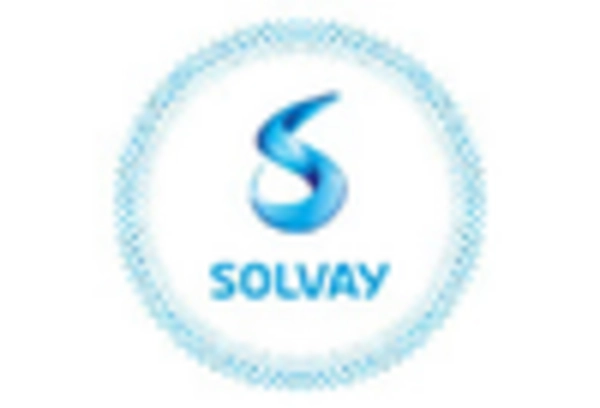
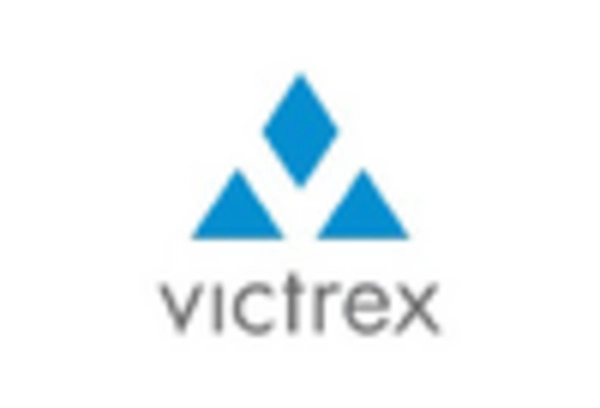









Leave a Comment